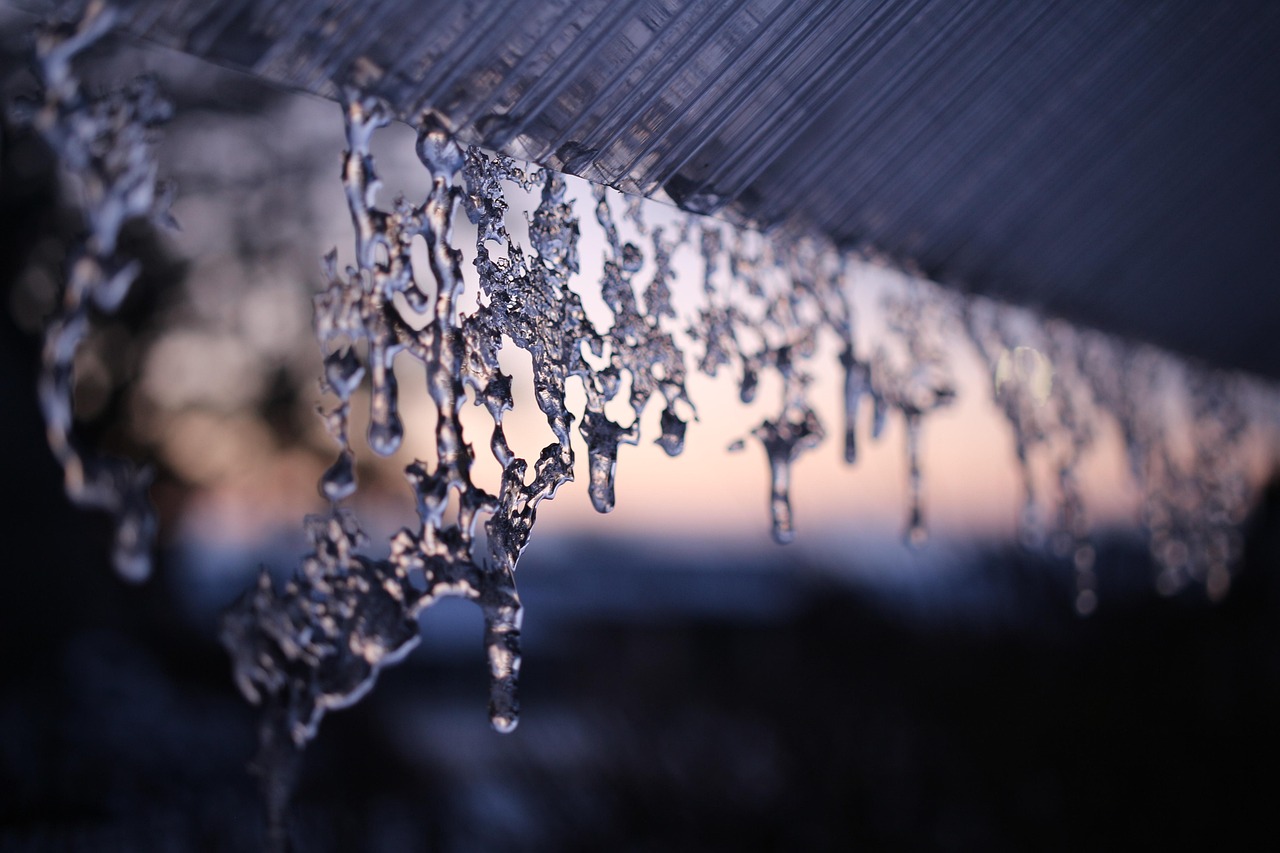A Roof Leak Detection Guide for Suburban Chicagoland Homeowners
If you’ve ever walked into a room and spotted a brown stain on the ceiling or heard the soft “drip… drip…” of water hitting the floor during a storm, your first thought might be, “Why is my roof leaking?” Roof leaks are a common issue for homeowners throughout Chicagoland and they can cause serious damage if not caught early.
In this post, we’ll break down the 10 most common causes of roof leaks, share how to spot roof leaks early, and clear up a few myths about roof repair that could be costing you more than you think.
- Damaged or Missing Shingles
One of the most visible and common answers to the question, “What causes roof leaks?” is simple: damaged or missing shingles. After a typical Midwest storm or windy day, shingles can become loose, curl up, or blow away entirely. Without that protective layer, rain can seep underneath and cause water leakage from the roof.
How to Spot It:
Look for shingles that are curled, cracked, or visibly missing. You might also find granules from shingles in your gutters—an early warning sign.
- Flashing Failures
Flashing is the thin metal installed around roof features like chimneys, skylights, and vents. It’s meant to direct water away, but if it rusts, cracks, or comes loose, it can lead to a roof leak.
How to Spot It:
Check for rust or separation around roof joints and roof penetrations. If you’re noticing water stains near these features, faulty flashing might be the cause of the roof leak.
- Clogged Gutters
It might seem unrelated, but clogged gutters are a sneaky cause of roof leaks. When leaves and debris block your gutters, water backs up and can seep under shingles or overflow into the fascia board.
How to Spot It:
Water spilling over the side of your gutters during rain is a red flag. Regular cleaning is essential, especially during the fall in Chicagoland when leaves pile up fast.
- Cracked or Worn Pipe Booting
Pipe booting seals the areas around plumbing vents. Over time, UV rays and temperature shifts (hello, Illinois winters and summers!) can crack these rubber materials, allowing water to enter.
How to Spot It:
If water leaks into your bathroom or near vent pipes, deteriorated booting may be the culprit.
- Improper Skylight Installation
A skylight can be a beautiful feature, but if installed incorrectly or not sealed well, it can also be a big reason as to why your roof is leaking.
How to Spot It:
Leaks around the edges of the skylight, especially after a storm, could point to installation or sealing issues.
- Ice Dams
This is a big one for Chicagoland homeowners. Ice dams form when heat from your attic melts snow on your roof, which then refreezes at the edge. This buildup forces water under shingles and causes leaks.
How to Spot It:
Icicles hanging from the roof edge may look pretty but are often a warning sign. Watch for water stains on walls after a heavy snow.
- Age of the Roof
Even the best roofs have a lifespan—typically 20 to 30 years. If your roof is reaching the end of its life, its materials may become brittle and less waterproof, leading to leaks.
How to Spot It:
If your roof looks patchy, you’re constantly replacing shingles, or you’re asking yourself, “Why is my new roof leaking within a few years?”, something may be wrong with the installation or materials.
- Condensation in the Attic
This one often gets mistaken for a roof leak. Poor attic ventilation can cause warm, moist air to build up, leading to mold, mildew, and drip-like water damage.
How to Spot It:
Look for damp insulation or musty smells. Make sure your attic has proper airflow to prevent this sneaky source of water damage.
- Chimney Problems
Bricks and mortar can deteriorate over time, especially with Chicago’s freeze-thaw cycles. Cracks in the chimney crown or gaps between the chimney and flashing can lead to roof leaks.
How to Spot It:
Stains near the chimney or water in the fireplace during rain are signs your chimney could be the leak source.
- Poor Roof Installation or Repairs
Not all roofing work is equal. The reason behind your leaky roof just might be poor workmanship. Subpar installation shortcuts, wrong nail placement, or unsealed seams can compromise your roof’s integrity.
How to Spot It:
Leaks appearing just months or a year after a new roof or repair job are red flags. A second opinion from a certified roofing contractor is a smart move.
